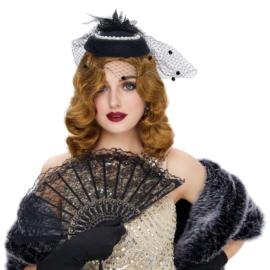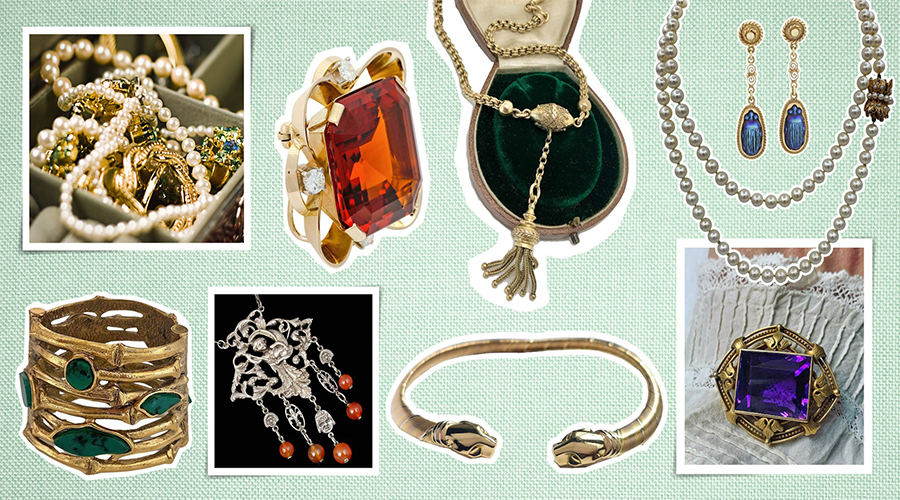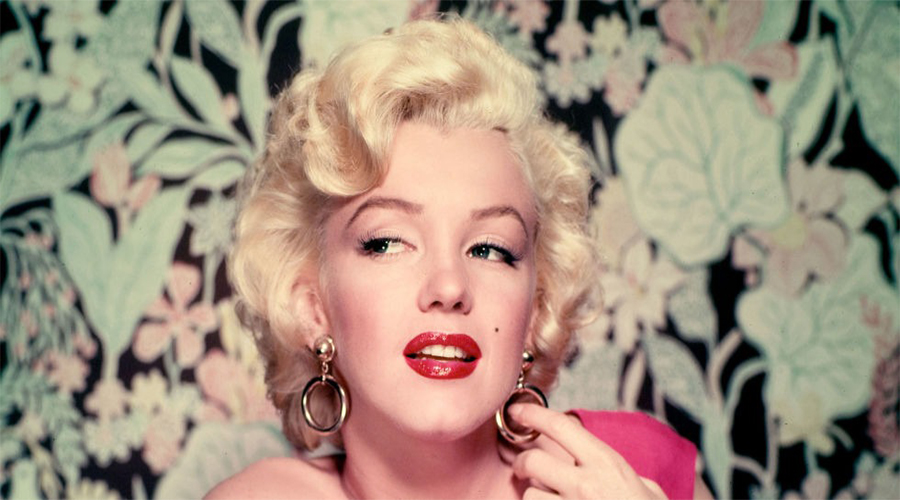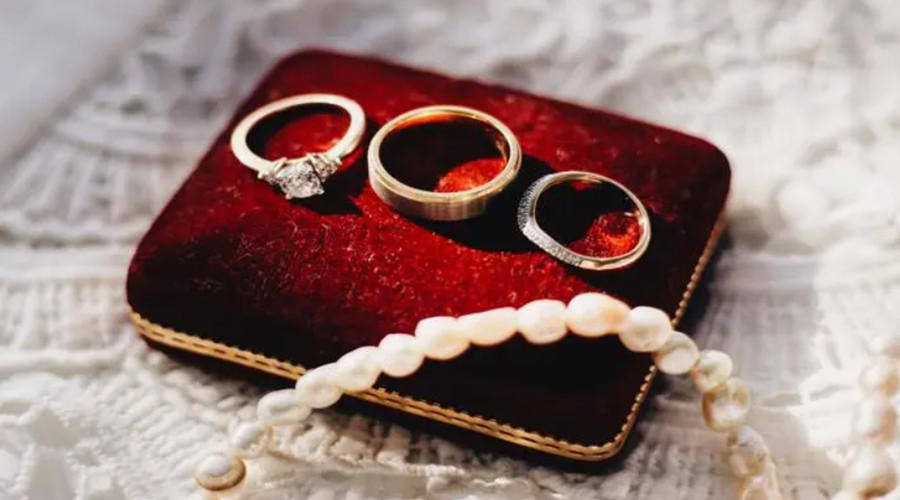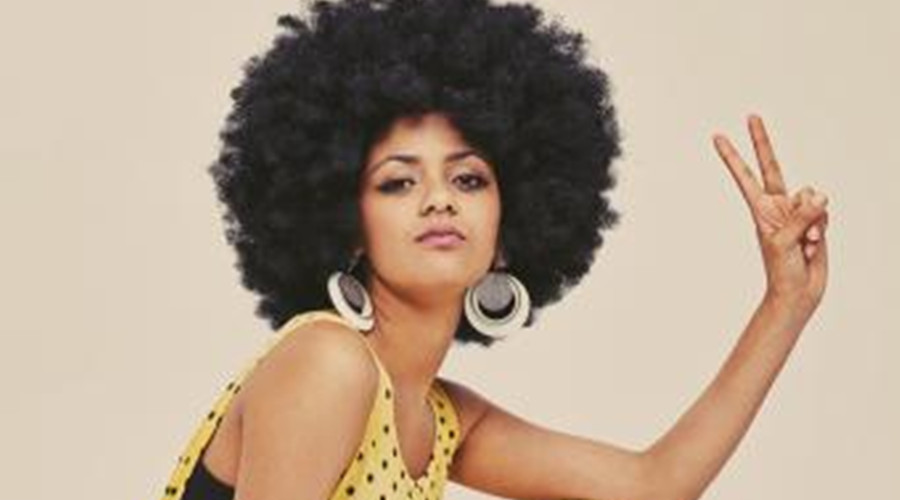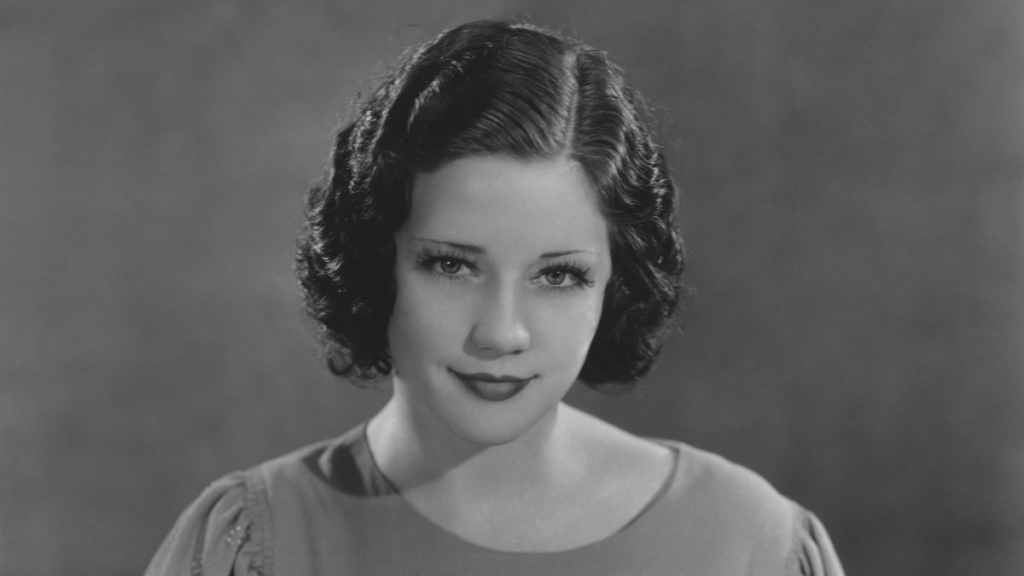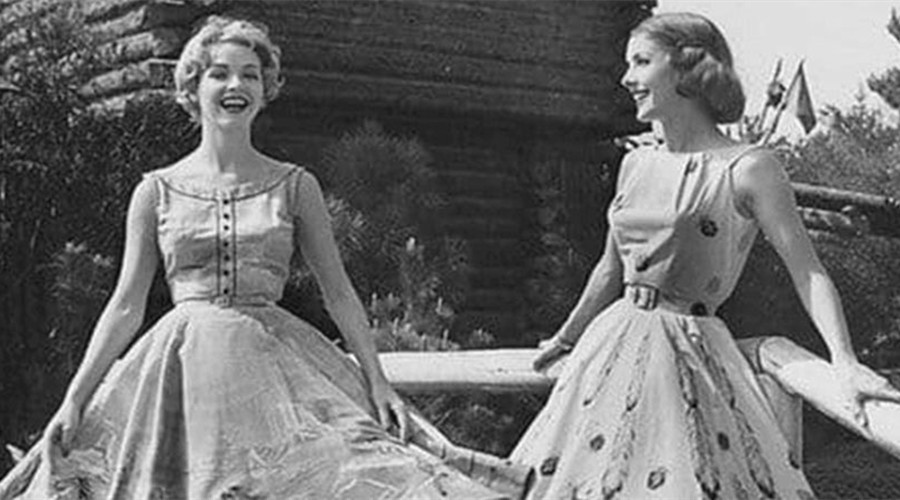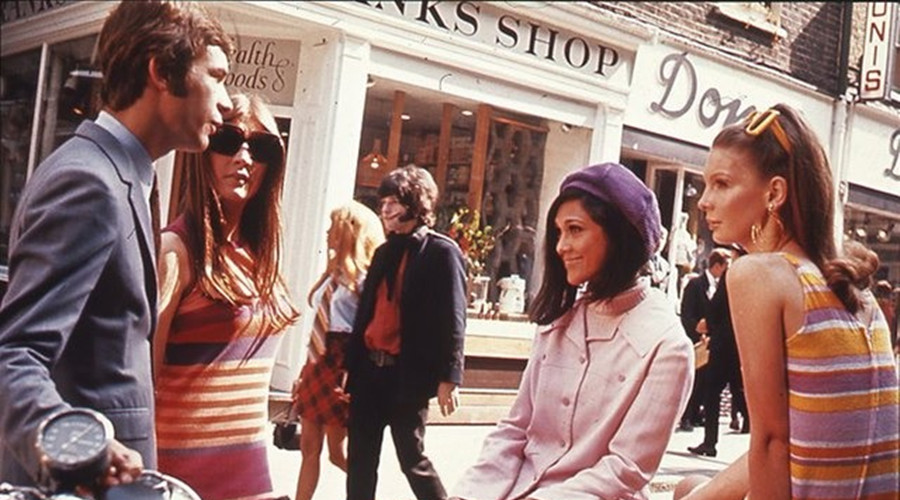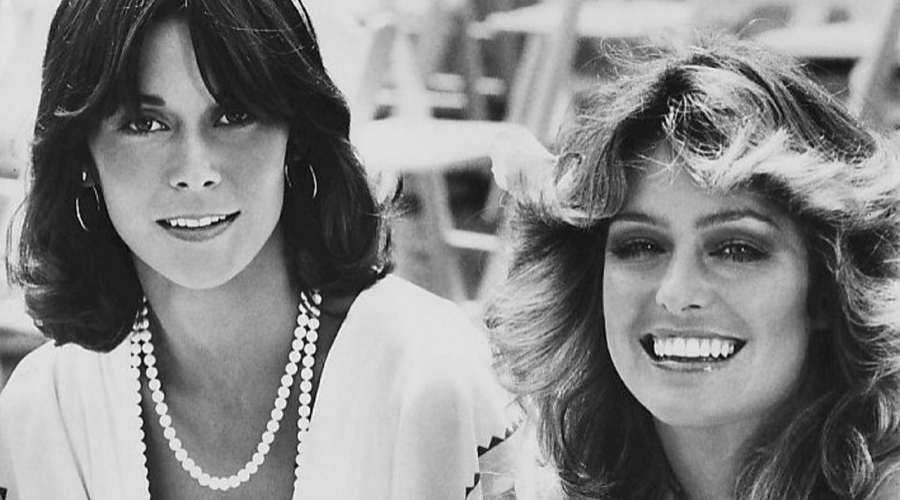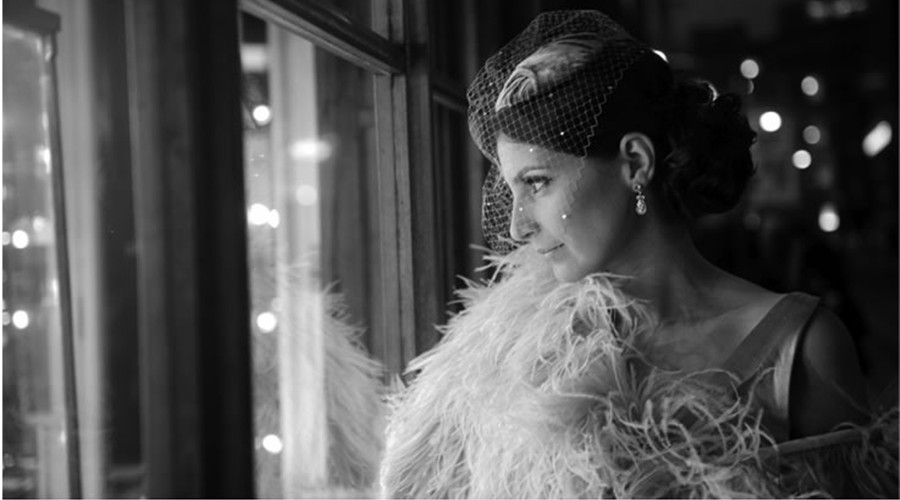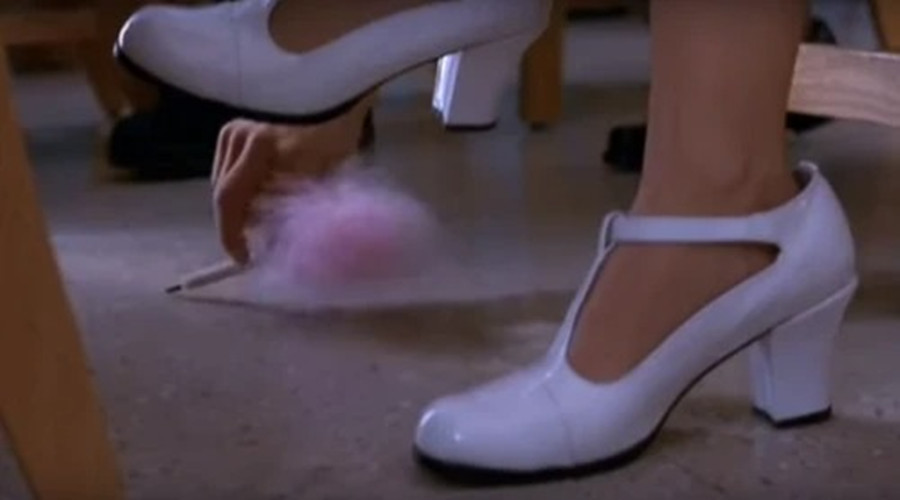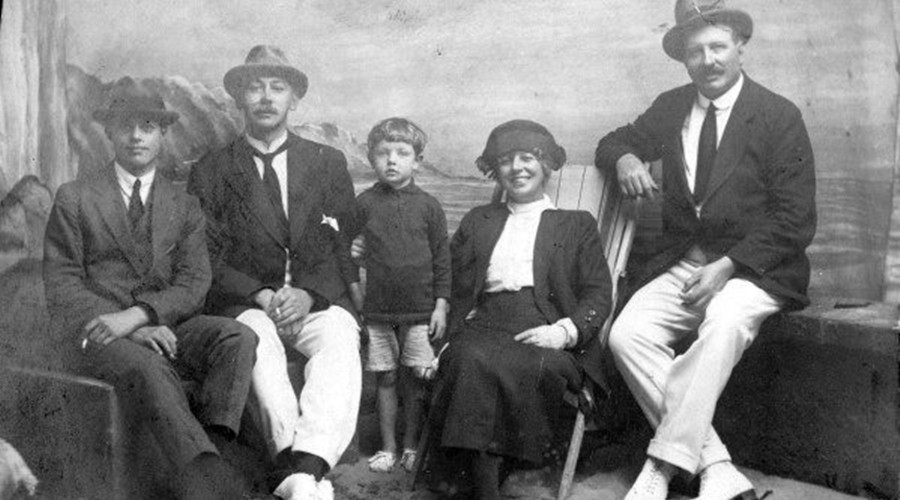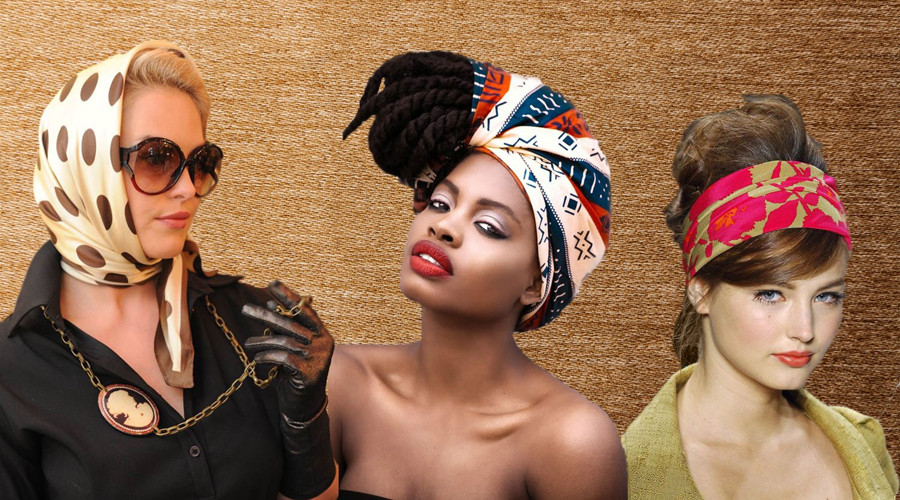The Wig Craze Sparked By the Beatles in the 1960s
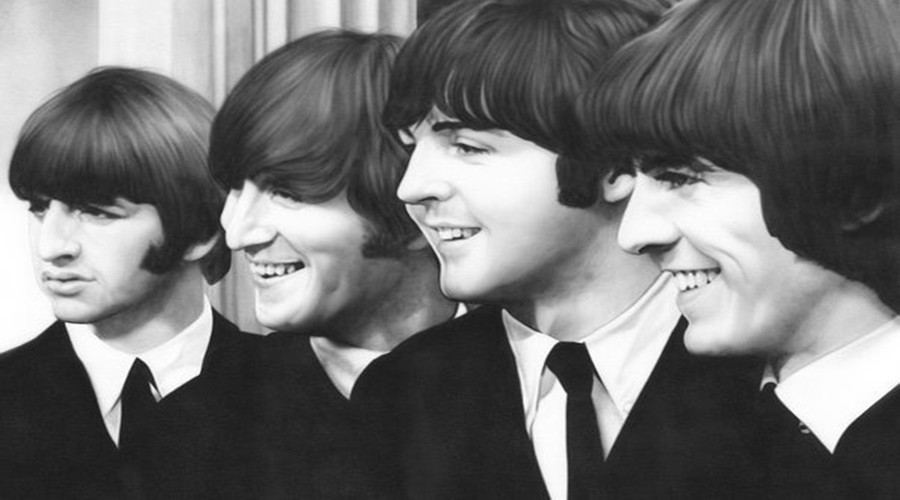
What is the real deal with The Beatles and their wigs?
The British rock band known as The Beatles consists of John Lennon, Paul McCartney, George Harrison, and Ringo Starr.
They dominated the music industry throughout the 1960s. Apart from being extremely successful, they also gain worldwide fame.
With their art music and sophisticated styles, they had a major influence on the industry and society (youth at large).
Their lifestyle orchestrated and influenced many cultural movements at that time. Even more, they became an inspiration to the younger and upcoming artists.
A musical band with such a huge number of devoted fans surely will have an influence even on fashion.
For the fact that they have captivated the minds of most youths, it becomes easier for their fashion trends to spread like wildfire.
Their fashion style revolution also popularized the 1960 bold dressing. Their fans too just like them began to dress in paisley suits and scarves, Cuban-heeled boots, and bright color outfits.
Teenagers and younger adults were ready to have anything with the Beatles name on it.
From the pop art-themed design shirts to the Beatles-themed pillowcases, wallpapers, bath products, jewelry, branded chewing gum, and more were widely sold.
What is even more interesting is that their wigs gain popularity too.
In the actual sense, The Beatles do not wear wigs. John Lennon even confirms that in an interview with an American reporter in 1964.
However, due to their influence on the youth, even their hairstyles were able to spark the 60s wig craze of that time.
Did people wear wigs in the 60s?
Yes. In fact, wigs became a fashion trend in the 60s fashion. The same way that the pencil skirt bloomed into fashion.
The wig flare was partly fueled by The Beatles. Since then, wigs have not gone out in style.
But won’t you like to know more about wigs before the 60s?
Both men and women have been wearing wigs since the fifth dynasties. Although there are no pictures to prove it, ancient sculptures told us so.
Paintings, drawings, and sculptures of Roman and Egyptian women wearing elaborate wigs are in existence.
It does not only depict the culture of the ancient people but also their mode of fashion. Besides, it also helps to protect their bald head from harsh weather conditions.
As civilization spread, so does fashion. The popularization of wigs starts spreading across countries, provinces, and regions.
However, wigs also experience their rise and fall. The use of wigs started to decline, especially after the fall of the Roman Empire in 395 AD.
Around the 17th century, wigs seem to have some rays of hope again.
Among royalties, the need for wigs became very essential. To say their patronage helped to bounce wigs back to life would not be a lie.
Queen Elizabeth 1 of England wore wigs, at least for most of her life due to loss of hair. However, some depict her hair color as natural.
The likes of King Louis XIII of France wore initiated wig-wearing around 1624 to cover his baldness. Even his successor and son copied him and wore wigs too.
Gache was common around 1660. It was a kind of wig worn by Korean women of high status during traditional ceremonies.
By the 17th to the early 19th century, perukes were all in rage for the men. On the other hand, women’s interest declined by the 18th century. Rather they choose supplemental hairpieces over wigs.
Why the wigs returned in the 1960s?
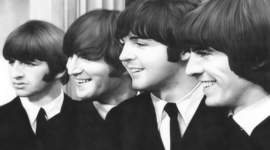 Wigs just like any other fashion have their high and low moments. Nevertheless, since the 60’s wig craze triggered by The Beatles, wigs have not had a dull moment.
Wigs just like any other fashion have their high and low moments. Nevertheless, since the 60’s wig craze triggered by The Beatles, wigs have not had a dull moment.
What seems to be worn by older adults who suffered from hair loss, started to have more value.
It evolved to be better. From the full-blown wig of the 19th to early 20th century to a more comfortable one made of fiber.
It was during the era of Beatlemania in the 1960s that modacrylic fiber was introduced. A new kind of synthetic wig that is easier to dye into different colors.
Not only was it comfortable to wear but also affordable and the closest thing to human hair.
In addition to that, some other celebrities too helped to popularize wigs. Some examples are The Supremes, Dolly Parton, Diana Ross, and Tina Turner.
What may have served as part of their costume-wearing later became a part of fashion trends.
With the high demand for The Beatles wig and other merchandise (both within Europe and in America), other synthetic hair companies seized the opportunity to swing full into production.
Ever since then, wigs have undergone a total and positive transformation. It is no longer for the old, the elite, or the bald; it is now a fashion craze for everyone.
Image Source:
1. https://www.quora.com/
2. https://www.vintage-retro.com/

